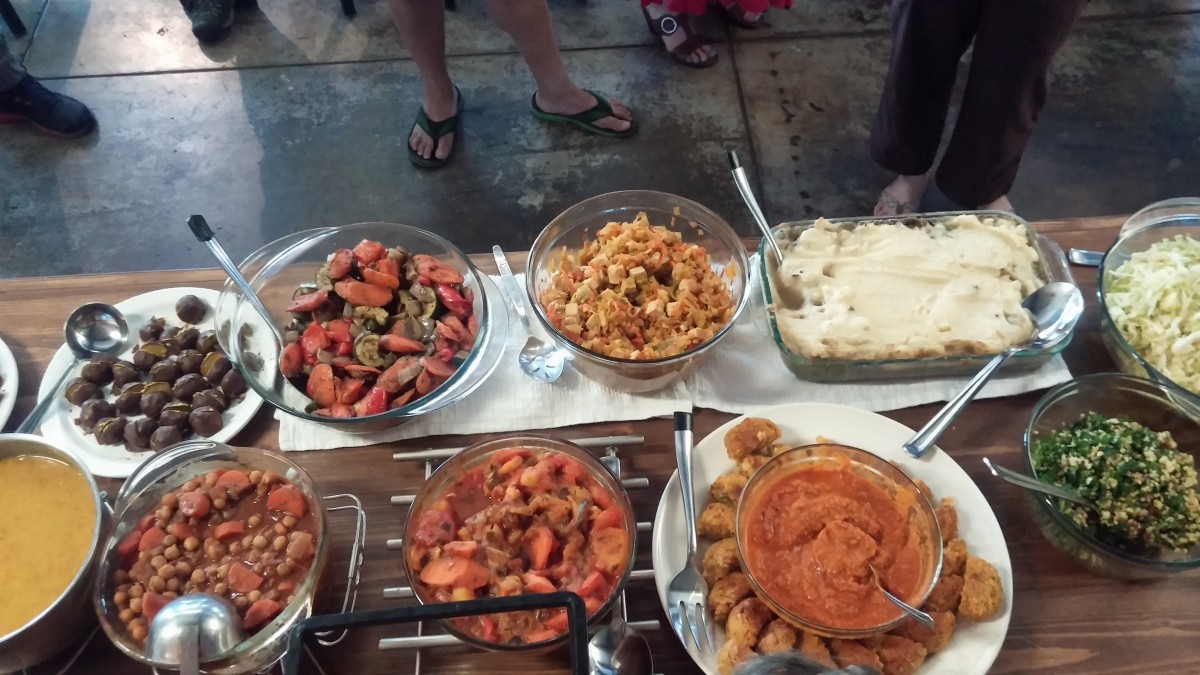Dining out has never been about the meal itself. It is an experience to remember through social interaction, be it with friends, family or colleagues. People are now trying to replace going out to eat with a special experience at home with various wonderful dining in options. The Internet has played a huge role in bringing people together on networking sites during the pandemic with a deluge of shared health tips, traditional recipes and stories about food and their origins. As communities have come closer during this time, a few brilliant minds have come together to revive authentic recipes and slow cooked food made in traditional ways to bring out the flavours and character of each and every dish.
“The idea behind traditional food is to revive heirloom regional recipes and cooking them with centuries-old techniques. Nothing beats ghar ka khana,” says Osama Jalali, whose Village Degh has taken Delhi-NCR by storm. Sugandha Saxena, known for her amazing laddus, has also become a household name within the span of a few months, thanks to Okhli, which serves traditional Kayastha cuisine.
Her Mastane Kofte are slow cooked, with delicate and beautifully spiced minced mutton balls which take half-a-day to be made! “Kayastha cuisine is a community cuisine which has a strong Mughal influence, but with subtle differences. For instance, we do not use any animal fat in our cooking and have a pulao instead of a biryani. There are vegetarian dishes as well like the nimona, which is a winter specialty made with fresh peas only.
The Muttone-Dadima is my grandma’s recipe and tastes exactly the same each time,” she says. Another lesser known community cuisine is AngloIndian food, brought to India by the British and Indianised in Kolkata through the use of various spices and personal touches. The popular Anglo-Indian dishes brought to life by Antara and Leena Daniels, through Park Street Khana, are also made with a lot of care. They do a handmade pork sausage curry, where the sausages are made from scratch, a traditional mutton stew with lots of vegetables and whole garam masala, and the pork vindaloo, which is distinctly different from its Goan cousin.
“The way to eat the sausage curry is with aloo bhaja and bhaath,” they say. In fact, this is exactly what community cuisines are about: Pairing them right and eating them in particular ways. Sugandha recommends that her tikde rotis, which are small but slightly thick rotis, should be crisp while eating with Kayastha mutton dishes. Osama Jalali’s silbatta lehsun and hara chutneys are to be eaten with food to enhance the taste of each dish. Similarly, the paye ka shorba, which is a signature dish from Shehnaz Siddiqui’s Begum’s Legacy, is to be eaten with rogan rotis made out of wheat flour and ghee.
“The idea is to make each morsel memorable, and there’s nothing better than the desi khana that has been prepared and eaten by our families and communities through generations,” says Shehnaz, adding, “Our food is slightly sweet because of the bhuna pyaaz which we use a little more than in typical Mughlai food.” Similarly, as per Rajni, “Kashmiri Pandit cuisine is eaten only with boiled white rice, whether it is vegetarian or non-vegetarian.” The Kashmiri wazwan was always well-known, but Pandit cuisine has been gaining popularity lately, thanks to authentic recipes being in demand. A few dishes that are an integral part of the Kashmiri Pandit community are rogan josh, kaliya (mutton cooked in turmeric), masch (minced mutton balls cooked in a rich red gravy), the haaks (saag), razma, and maadur pulao (sweet rice infused with saffron and dry fruits). “The main thing about our food is that we do not use any onion, garlic, fresh ginger and tomatoes in our cooking.
We also do not use turmeric unless specified in a dish like the mutton kaliya. Traditionally, there is heavy use of hing,saunf powder and Kashmiri laal mirch in almost everything we cook, whether it is vegetarian or non-vegetarian food, and we use only mustard oil in our cooking,” says Rajni Jinsi, who has done pop-ups with Pandit cuisine in several hotels. The best part for me as a consumer is that I don’t have to go back to the same curries used for meat and vegetarian dishes. This is the time for niche markets and being the queen/king of one instead of catering to everyone like a jack of all trades! The concept of ‘real food’ is returning in a big way because people have begun to realise its importance and the benefits of traditional cooking techniques. “It all started way back when I was writing a column for a newspaper and went to review a restaurant. A samosa chat came deconstructed with chutneys as foam. Then I saw a trend of every Indian restaurant rebranding themselves as ‘modern Indian’ or ‘progressive Indian’. That struck me and I started documenting, researching and promoting regional Indian cooking and forgotten cooking techniques,” says Osama. Shehnaz explains, “I use the silbatta for grinding the meat for my kebabs because otherwise we get a texture that is either too smooth or too coarse.
I do many kinds of kebabs and people have given me lots of love and support for them.” Sugandha Saxena’s brand resonates with traditional food, evident from the name, Okhli, which refers to the typical mortar and pestle used in Indian households.
While restaurants are going through testing times, some of the most brilliant community cuisines have emerged, which are not only strong in terms of bonding with people, but also offering the choicest of menus and delivering the best of meals to their customers. As Osama says, “Cuisines and trends will come and go but regional food cooked with patience and passion will stay forever.”























